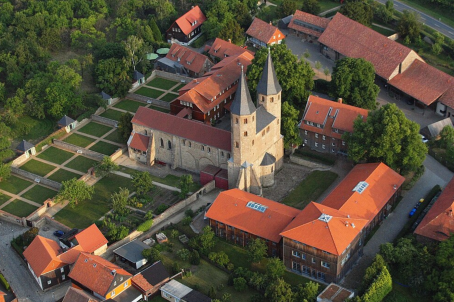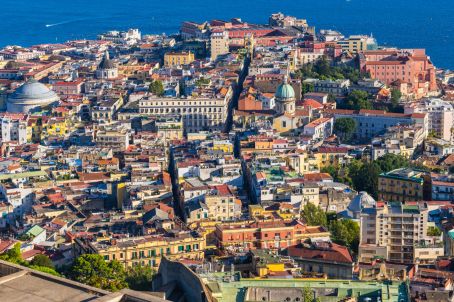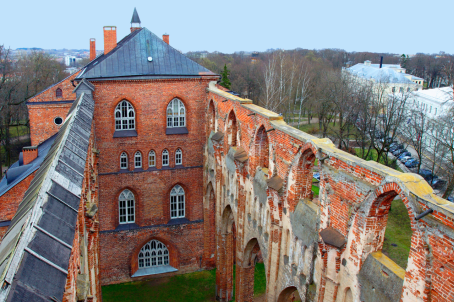Nicolaaskerk
Krommenie, NL
Reformed Church. Late Gothic church with narrower three-sided closed choir and a wooden tower on the west facade. Extensively restored in 1657-'58 after fire in the Eighty Years' War. Gravestone floor. Pulpit, 1658. Baptismal fence and benches, 17th century. Two copper lecterns (17th century and 1792), two copper baptismal arches, 18th century. Organ with main work and upper work, built in 1838 by J. Batz and Co. for the Mennonite Church Oostzijde in Zaandam. Restored in 1968 and placed in Krommenie. Mennonite pew, 17th century, ship model, 19th century. Bell tower with bell by Rodolphus de Montigny, 1396, diam. 101.7 cm.





